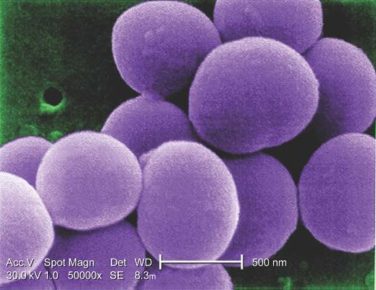The Food and Drug Administration has granted accelerated approval to nivolumab (Optivo) for the treatment of patients with hepatocellular carcinoma (HCC) who have been treated previously with sorafenib.
Approval was based on tumor response rate and durability of response from the phase 1/2 Checkmate 040 trial. Of 154 patients with HCC in the trial who received nivolumab following progression on sorafenib, 3 experienced complete response, and 19 experienced partial response. Median time to response was 2.8 months, and 91% of patients who responded to treatment had a response length longer than 6 months, with 55% of patients having a response length longer than 1 year.
The most common side effects associated with nivolumab include fatigue, musculoskeletal pain, abdominal pain, pruritus, diarrhea, rash, cough, and decreased appetite. Nivolumab can cause immune-mediated pneumonitis, colitis, hepatitis, endocrinopathies, nephritis and renal dysfunction, adverse skin reactions, encephalitis, as well as infusion reactions and embryo-fetal toxicity, according to a press release from Bristol-Myers Squibb announcing the approval.
“In recent years, there has been growing interest in leveraging immuno-oncology knowledge and discoveries to add to the treatment options available for patients with advanced-stage liver cancer. The approval of Opdivo provides us with an encouraging approach and a new treatment option for appropriate patients with HCC following prior systemic therapy,” Anthony B. El-Khoueiry, MD , a medical oncologist and phase 1 program director at the University of Southern California, Los Angeles, and the USC Norris Comprehensive Cancer Center, said in the press release.





